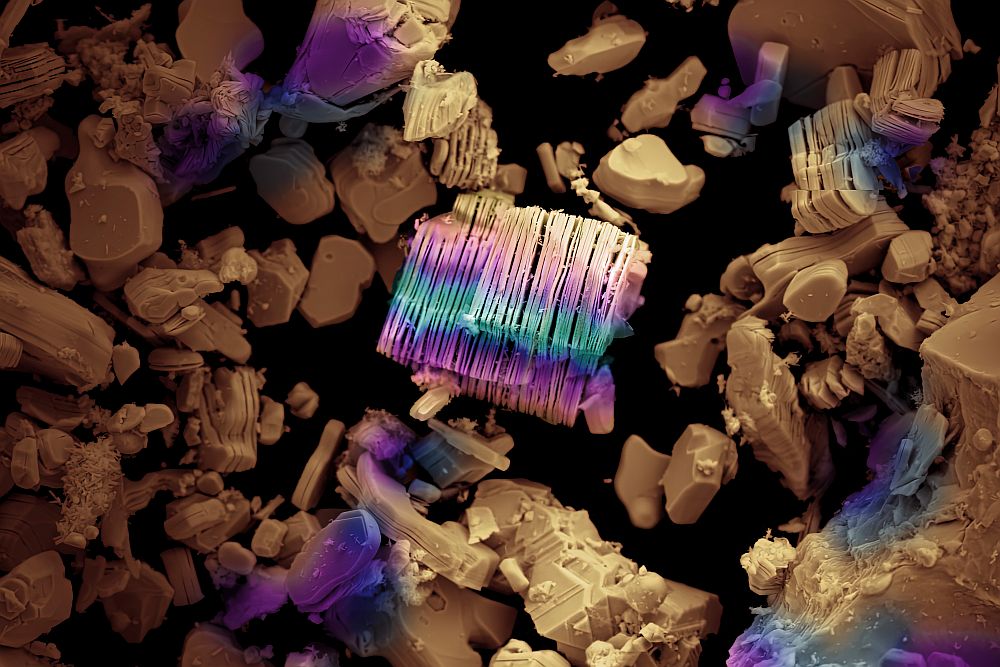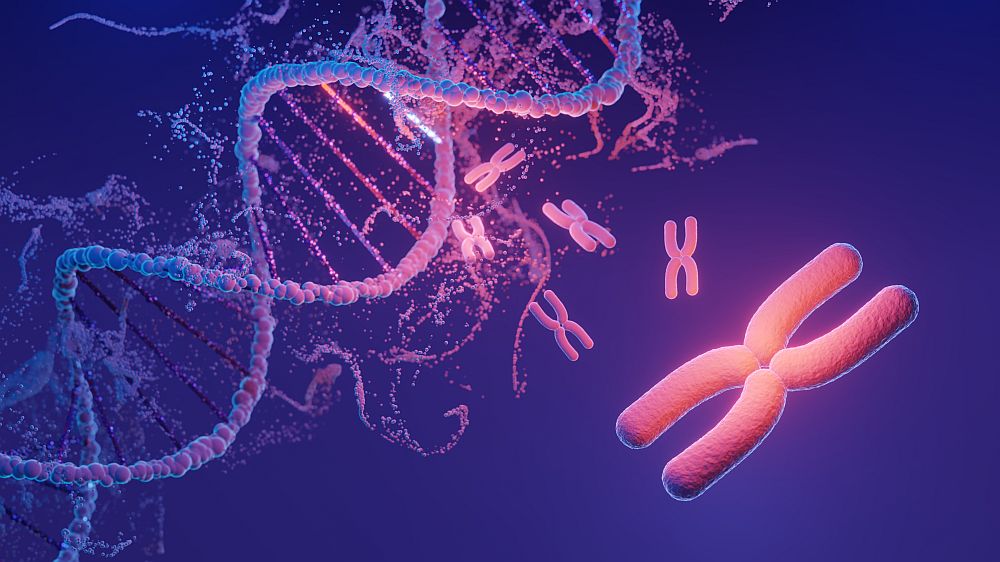Hey, take a look:
Berkeley Lab study shows significantly higher potential for wind energy in India than previously estimated
A new assessment of wind energy in India by Lawrence Berkeley National Laboratory has found that the potential for on-shore wind energy deployment is far higher than the official estimates — about 20-times and up to 30-times greater than the current government estimate of 102 gigawatts. This landmark finding may have significant impact on India’s renewable energy strategy as it attempts to cope with a massive and chronic shortage of electricity. The new Berkeley Lab study has found the total techno-economic wind potential to range from 2,006 GW for 80-meter hub heights (an indication of how high the wind turbine stands above the ground) to 3,121 GW for 120-meter hub heights. Given these new estimates, the availability of wind energy can no longer be considered a constraint for wind to play a major role in India’s electricity future.
UPNA researchers participate in project for design and manufacture of composite PVC materials based on nanofillings
Researchers at the Public University of Navarre (UPNA) are taking part in a project for the design and manufacture of composite PVC materials based on nanofillings, the aim being to control and optimize the photostability thermal resistance and the permeation of gases of the plastic material. The project is to develop nanofilled polymer composite materials through the synthesis and treatment of nanoclays introduced into the matrix of the polymer. The first aim is to enhance the photostability properties of the polymers. The second objective is the enhancement of refractory properties.
Schott and the glass industry remember Jürgen Petzoldt, inventor of glass-ceramic mirror substrates and one of the fathers of the Ceran glass-ceramic cooktop panel
The technology group Schott from Mainz, Germany, and the German Society of Glass Technology held an international memorial colloquium in honor of Jürgen Petzoldt (1935 – 2011), who was a member of the Schott Board of Management from 1988 to 1996. This marked the occasion of the first anniversary of the death of the renowned researcher and entrepreneur. Udo Ungeheuer, chair of the board, praised Petzoldt as the inventor of the glass-ceramic Zerodur, the standard material for the mirror substrates used in astronomical telescopes, and one of the fathers of Ceran glass-ceramic cooktop panels. Petzoldt also made significant contributions toward building the Otto Schott Research Center in Mainz, one of the world’s leading glass research facilities, in 1989, and introducing the Otto Schott Research Award in 1991. Fabio Nicoletti, president of the International Commission on Glass, spoke about Petzoldt’s global acclaim in the field of glass. Helmut Schaeffer recalled his work on behalf of the German Society of Glass Technology and the Research Association of the German Glass Melting Industry. Finally, Wolfgang Pannhorst gave the audience an internal look at what it meant to work with Petzoldt in research and development at Schott. The second day of the colloquium that was attended by more than 100 guests was devoted to the sciences. Well- known experts from Japan, the United States, Brazil and Germany, including Schott researchers, held presentations on new insights and developments in the area of glass-ceramics and related materials. The speakers also focused on the practical application of their findings, an aspect that was always a special concern of Jürgen Petzoldt.
Trilateral announcement among Mexico, the United States, and Canada on nuclear security; enriched uranium agreements reached among U.S., Belgium, France and Netherlands
At the March 2012 Nuclear Security Summit in Seoul, South Korea, the governments of Mexico, the United States, and Canada announced the completion of an important joint nuclear security project to convert the fuel in Mexico’s research reactor from highly enriched uranium to low enriched uranium. The project was initiated in April 2010, and was carried out by the three countries, working closely with the International Atomic Energy Agency. The conversion will not only extend the length of time the Mexican reactor can operate with LEU fuel. With the provided fuel, Mexico’s National Institute for Nuclear Research also has the potential to increase the reactor power output, which would greatly improve its capabilities for medical and industrial isotope production, silicon doping, neutron radiography and nuclear physics research, such as neutron activation analysis. At the same meeting, a four-party joint statement outlines a framework for Belgium, France, Netherlands and U.S. to collaborate in efforts promote HEU minimization while assuring a reliable supply of medical isotopes (e.g., molybdenum-99) for cancer and heart disease patients.
Materials inspired by Mother Nature: A 1-pound aerogel boat that could float 1,000 pounds
(Science Codex) Combining the secrets that enable water striders to walk on water and give wood its lightness and great strength has yielded an amazing new material so buoyant that, in everyday terms, a boat made from 1 pound of the substance could carry five kitchen refrigerators, about 1,000 pounds. Combining the secrets that enable water striders to walk on water and give wood its lightness and great strength has yielded an amazing new material so buoyant that, in everyday terms, a boat made from 1 pound of the substance could carry five kitchen refrigerators, about 1,000 pounds. One application was in Ikkala’s so-called “nanocellulose carriers” that have such great buoyance. In developing the new material, Ikkala’s team turned nanocellulose into an aerogel. Aerogels can be made from a variety of materials, even the silica in beach sand, and some are only a few times denser than air itself. The team incorporated into the nanocellulose aerogel features that enable the water strider to walk on water.
Nuclear power plants can produce hydrogen to fuel the ‘hydrogen economy’
Speaking at the 243rd National Meeting & Exposition of the American Chemical Society, Ibrahim Khamis, PhD, described how heat from existing nuclear plants could be used in the more economical production of hydrogen, with future plants custom-built for hydrogen production. He is with the International Atomic Energy Agency in Vienna, Austria. Khamis said that nuclear power plants are ideal for hydrogen production because they already produce the heat for changing water into steam and the electricity for breaking the steam down into hydrogen and oxygen. Experts envision the current generation of nuclear power plants using a low-temperature electrolysis, which can take advantage of low electricity prices during the plant’s off-peak hours to produce hydrogen. Future plants, designed specifically for hydrogen production, would use a more efficient high-temperature electrolysis process or be coupled to thermochemical processes, which are currently under research and development.
(Nature) Photons already carry data in fiber-optic cables for telecommunications. But using light in computing means carving transistors and lasers out of the same wafer of silicon, which needs an advanced manufacturing ‘foundry’. Only large companies and a few research institutions with deep pockets have these facilities, and some researchers worry that lack of access is slowing progress in photonics. A project called Optoelectronic Systems Integration in Silicon now promises a solution. Based at the University of Washington in Seattle and at the University of Delaware in Newark, OpSIS provides design support for researchers in silicon photonics; organizes shared production runs; and arranges low-cost access to advanced foundries so that academics and start-up companies can create prototype devices. The Air Force is the project’s biggest funder, with more support coming from Intel, based in Santa Clara, Calif., and design-automation company Mentor Graphics in Wilsonville, Ore.
CTT Categories
- Basic Science
- Energy
- Glass
- Material Innovations
- Nanomaterials
- Optics


